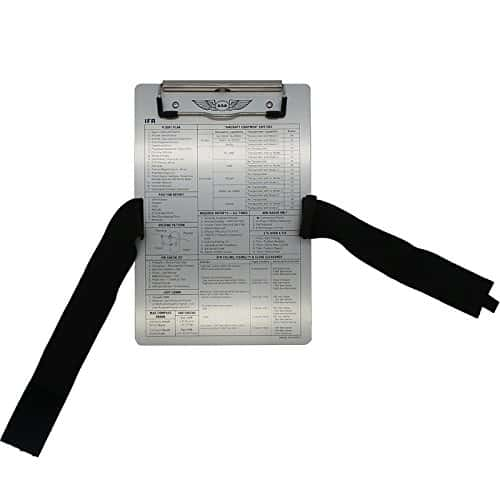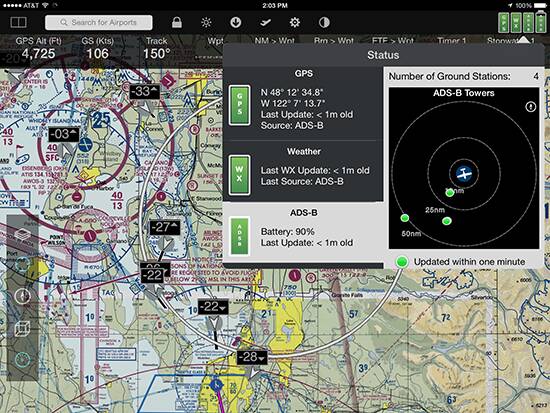My statement was made in more general terms, rather than being about aviation, specifically. Obviously, with this being an aviation-based forum and my thread about aviation, I fully understand your conclusion about my statement.
It might take me hours and hours to program a computerized musical sequencing program to play a symphony across synthesizers connected via MIDI, but there’s no way that is going to be anything like sitting in a music hall and observing and listening to a live orchestra performing the same piece.
Driving a modern car with an automatic transmission with cruise control that can manage car-to-car distance, braking and lane keeping management is beyond boring to me vs. managing the gear selection and operating the car myself.
I was thinking more in those terms.
You’re right, though, and in my ignorance of how modern aviation is managed and performed it is easy for me to generalize here.
I’ve watched videos of a modern latest-generation 747 flight crew going through the same motions as the B-17 crew and it wasn’t anything as interesting as the B-17. I don’t doubt the level of training is less, but the actual event certainly wasn’t as interesting to me. Sure, in an emergency everything changes.
To bring it back to MSFS, I suppose I have the luxury of enjoying the vintage. I’m going to walk away from flying into a mountain in IMC and I can do stupid things like fly an aircraft not certified for icing conditions over the Sierra Nevada in a storm just to see how it will work out.
I don’t want to come across as someone who doesn’t appreciate all that technology has brought us, nor do I want to come across as having no respect for the flight crews that fly today’s aircraft. Nothing could be further from the truth.
I’m a living breathing paradox. I worked in technology companies, but also worked in vintage sports and racing car restoration. I engineer, design and fabricate electronic modules to fit modern powerplants into vintage automobiles. Like my opening statement said, I’m a crossover of both eras and I value each of them.
In the sim, though, I love the old aircraft, how they are operated and I’m keen to understand how it was all done from the purpose of entertainment and mind expansion.
Thanks for enlightening me from your perspective. I crave learning and new information and you’ve helped me see things differently and I highly value that.

